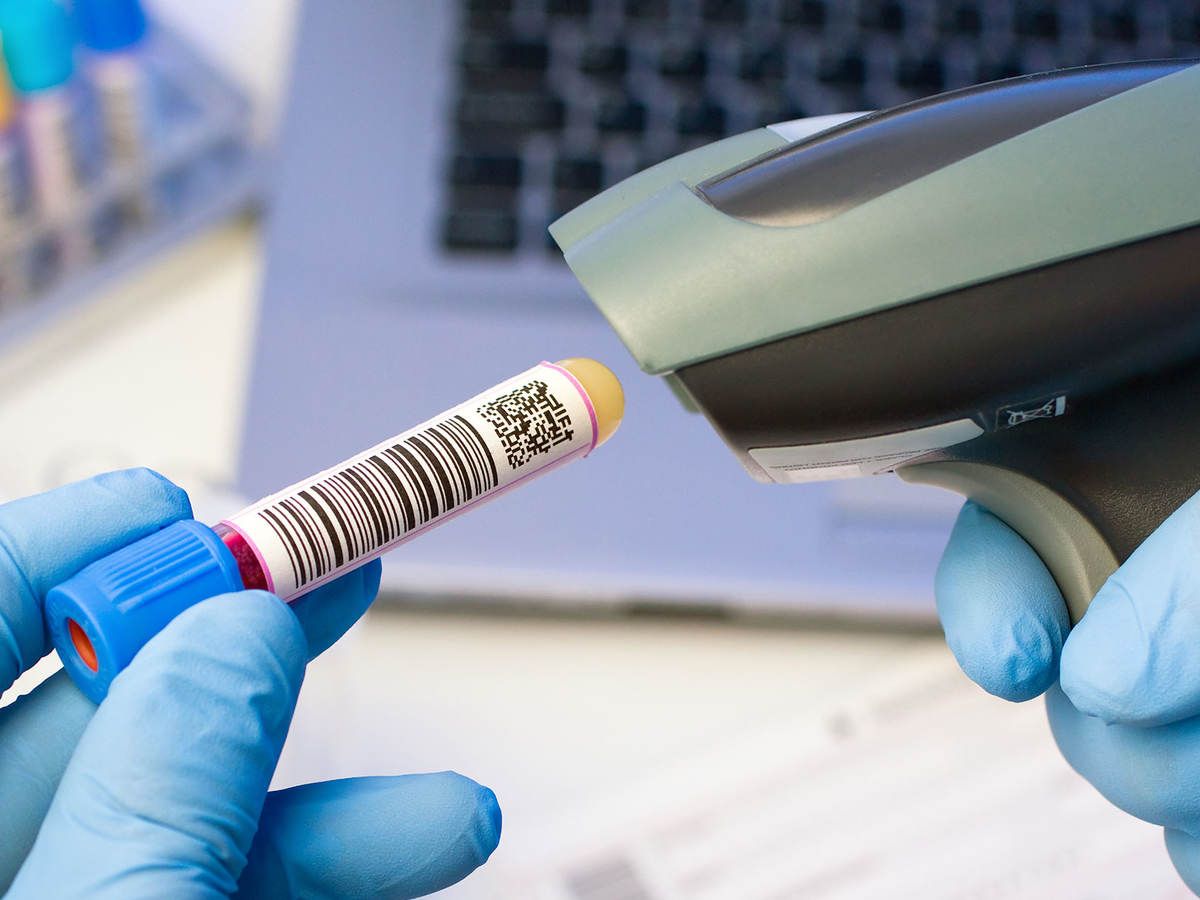February 12, 2024
By Oliver Eikenberg and Sarah Fitzgerald
In Vitro Diagnostic (IVD) devices are a critical component of healthcare, as they help users diagnose conditions and formulate an appropriate treatment plan for a patient. In some cases, they may also be used for care management for certain diseases. In the U.S., IVDs are regulated like other medical devices and divided into one of three classes, each with its own general expectations for a specific type of premarket submission type, based on risk.
Laboratory-developed tests in the U.S.
Laboratory Developed Tests (LDTs) are IVDs that are designed, manufactured and used within a single clinical laboratory. The FDA has historically exercised enforcement discretion for most LDTs, meaning that they have not required the premarket submissions that were required for other IVDs. However, in September 2023, the FDA announced a proposed rule to phase out enforcement discretion and start requiring the same premarket applications, based on risk, for LDTs as had previously been required for other IVDs. The proposed rule is to use a phased, five-stage approach over a four-year period. This includes that manufacturers must submit their premarket applications (PMAs) to the FDA within 3.5 years of the final rule being published for high-risk LDTs and submit their premarket notifications, also known as 510(k)s, to the FDA within four years.
FDA announcement to reclassify IVDs
On January 31, 2024, the FDA announced that they intend to reclassify most IVDs that are currently considered high-risk (Class III) into moderate-risk (Class II) devices. Most IVDs that are considered high-risk are intended to aid in the diagnosis and/or care management for infectious diseases or are companion diagnostic IVDs. Additionally, in the future, they expect that an initial IVD for these purposes can use the de novo classification request (de novo) as the premarket submission instead of the more extensive PMA process. The announcement specifically includes certain IVDs to aid in the diagnosis and/or management of Hepatitis B Virus (HBV) (product codes LOM and MKT), Human Parvovirus B19 (product codes MYM and MYL), and Mycobacterium tuberculosis (product codes NCD and OJN).
We at Emergo by UL note that other IVDs have been recently reclassified from Class III to Class II, including certain Hepatitis C (product code MZO) and Human Immunodeficiency Virus (HIV) (product code MZF) IVDs. The announcement therefore continues FDA strategy for reclassification of specific IVDs.
Concluding remarks
It is not clear which IVDs the FDA will continue to consider Class III or what specific criteria they are using other than their assessment on if special controls will be sufficient. This announcement should not be taken to mean that all Class III IVDs will become Class II.
While the FDA does not specifically provide a timeline, we at Emergo by UL expect that the FDA will try to reclassify as many applicable IVDs as possible in the next two to three years. This would align with the LDT proposed timelines for regulatory submissions and could minimize the number of LTDs which would require PMA submissions.
This is a good signal from the FDA that they remain dedicated to looking at the best way to support the safety and effectiveness of medical devices of all types without undue burdens that could prevent devices from coming to the market in a timely manner.
Postscript on regulatory strategy
When a Class III device is reclassified to Class II, a company may use a PMA device as a predicate for a 510(k). However, if special controls are not published for that device type, it may not be clear if all the same testing will be necessary to satisfy FDA expectations.
While there is good general guidance on IVD expectations, expectations for a specific type may not always exist. For the first either of a generic type or of a generic type that has been reclassified, we at Emergo by UL generally recommend a (Pre-sub) to align with the FDA on required testing and testing expectations. Additionally, a Pre-Sub may be beneficial for any manufacturer intending to come to the market with what is currently considered a Class III IVD to align on expectations.
Request more information from our specialists
Thanks for your interest in our products and services. Let's collect some information so we can connect you with the right person.






